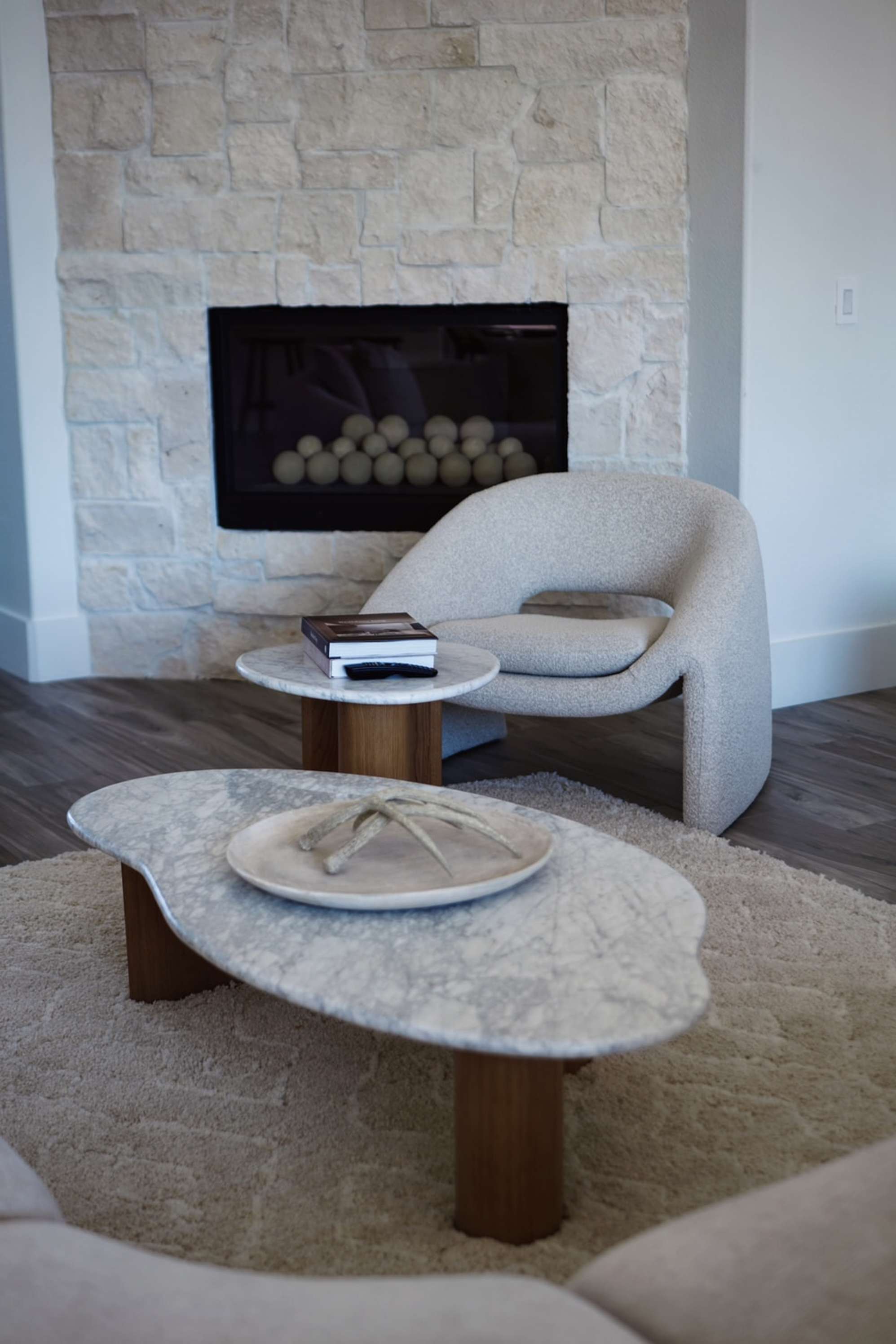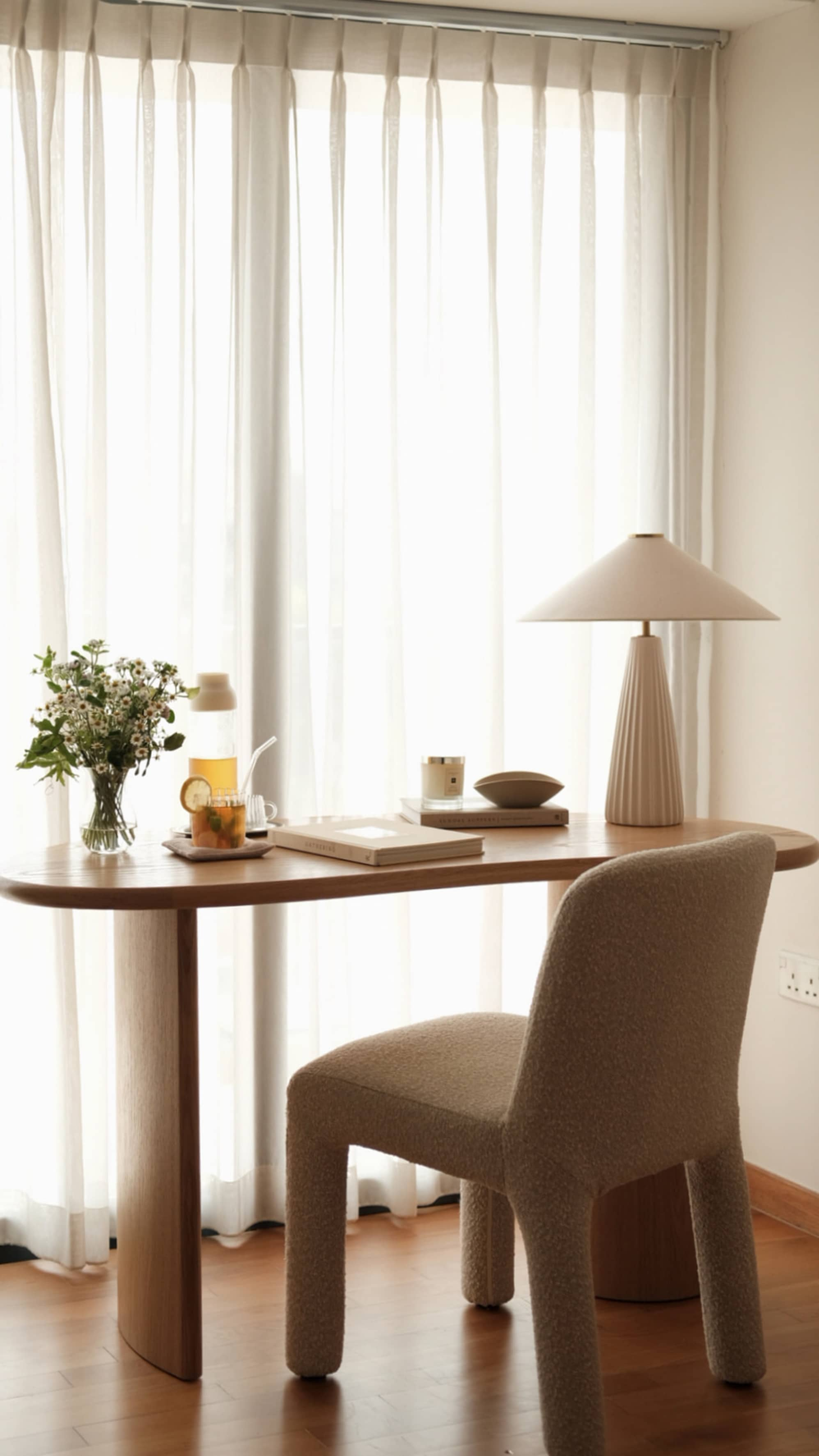
A Stylist’s Guide to Contemporary Interior Design
If you're drawn to the clean simplicity of open spaces, sleek lines, and a look that always feels current, you’re likely already in love with contemporary interior design.
Contemporary interior design isn’t just about following the latest trends. It’s about designing a home that reflects where we are right now — socially, culturally, and emotionally.
Over the years, I’ve worked with countless homeowners to bring this style to life, and I’m here to walk you through the what, why, and how of designing a contemporary home that still feels personal, lived-in, and uniquely yours.
What is contemporary interior design?
The word contemporary doesn’t refer to a single look — it refers to the now. This style is a living, breathing reflection of the moment we’re in. That’s what makes it so exciting. And, yes, sometimes a little confusing.
Contemporary design started to take shape in the 1970s, drawing from movements like modernism and postmodernism. Since then, it’s evolved to include a bit of everything: Clean lines, minimalism, subtle glamor, and a deep love for materials that feel both raw and refined.
So, what does contemporary design mean in 2025?
It means embracing fluidity. It means curating a space that feels current but not cold, minimal but not soulless. And the best part? It can shift with you, evolving as your taste (or TikTok algorithm) changes.
The Jonathan Extended Side Chaise Sectional Sofa
Picture credits: @bekhalliday
The Jonathan Extended Side Chaise Sectional Sofa
Picture credits: @bekhalliday
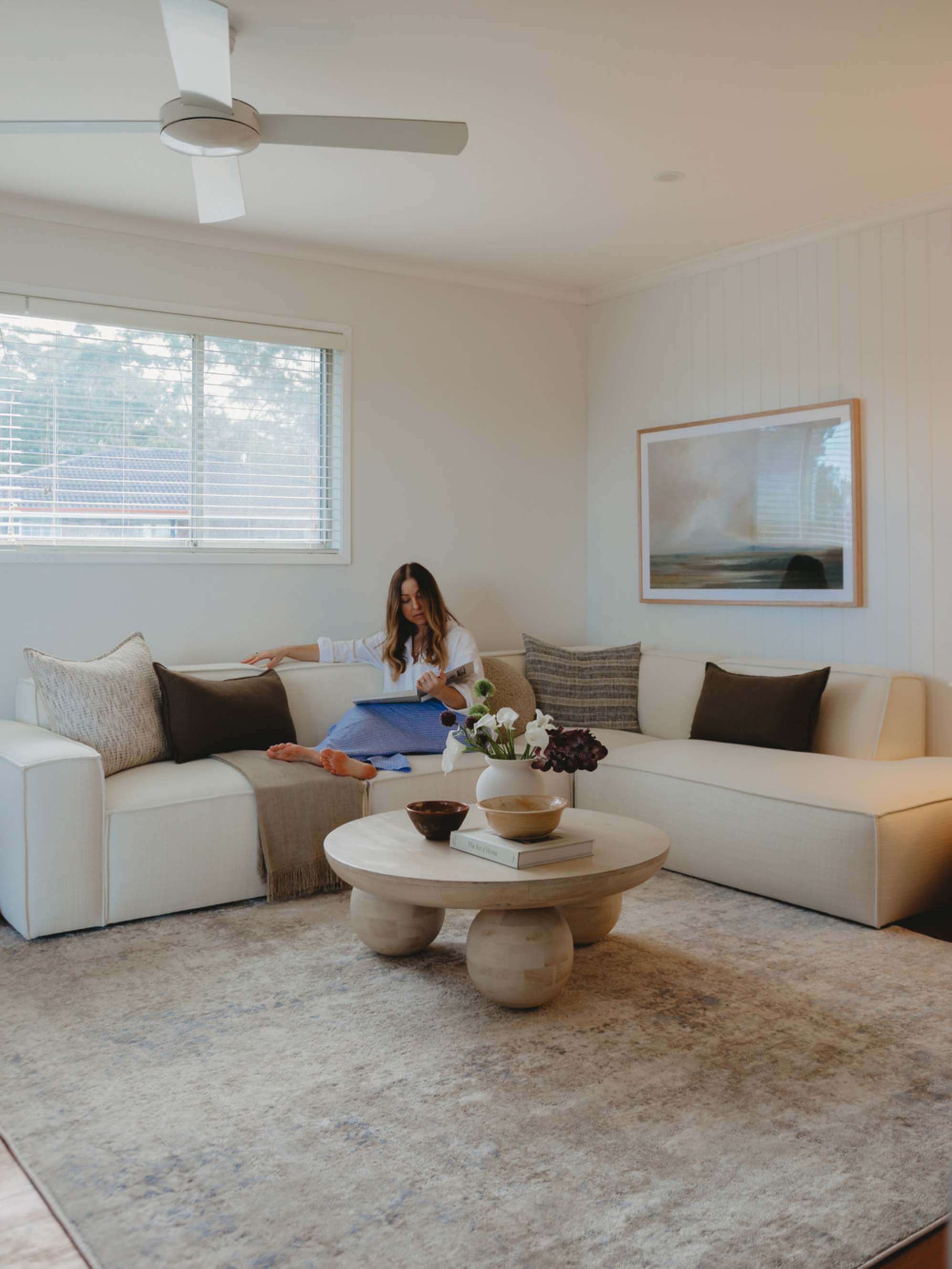
Aren’t modern and contemporary the same thing?
This is a question I get all the time: Are contemporary and modern styles the same?
Short answer? Nope.
Long answer? While both can feature minimalism and clean lines, modern interior design is rooted in a specific historical movement (mid-20th-century modernism). It’s more static.
Contemporary, on the other hand, is constantly changing — it’s a style that evolves with the times, and often includes modern elements within it. So yes, you’ll often hear people refer to “modern contemporary interior design,” and they’re not wrong.
How to spot a contemporary interior when you see one
While contemporary interiors change over time, there are a few key characteristics that always hold true:
| Key characteristic | Description |
|---|---|
| Open spaces and functionality | Think flow. An open floor plan and uncluttered layout give the space room to breathe. |
| Clean lines | Contemporary interiors rely on sharp, straight lines for a sense of clarity and structure. |
| Neutral color palettes | Whites, beiges, and grays form the base, allowing architectural elements to take center stage. |
| Statement lighting | A sculptural chandelier or bold pendant light can transform a space from “fine” to finally. |
Designing a contemporary home that actually feels like yours
Start with fewer trends, not more chaos
This is my #1 tip.
It’s easy to go overboard trying to incorporate every trend into one room, but contemporary design is about restraint. Keep it simple and start with two or three key trends that work well together, then let those guide your decisions.
I always recommend beginning with the bigger furniture pieces — your sofa, your dining table, maybe a media unit. These are the anchors of the room.
Why neutrals are your best friend
Contemporary interiors thrive on neutral backdrops. Not because they’re boring, but because they create space for contrast and texture to shine.
White, beige, and soft grays are my go-to starting points for walls, large furniture pieces, and floors. These hues aren’t just timeless — they’re also incredibly forgiving when you want to swap in more colorful accents.
Want to add personality? Bring in rugs, artwork, or armchairs in bolder tones. The neutral base lets these pop without overpowering the room.
The Hamilton Chaise Sectional Sofa
Picture credits: @austinrutland
The Hamilton Chaise Sectional Sofa
Picture credits: @austinrutland
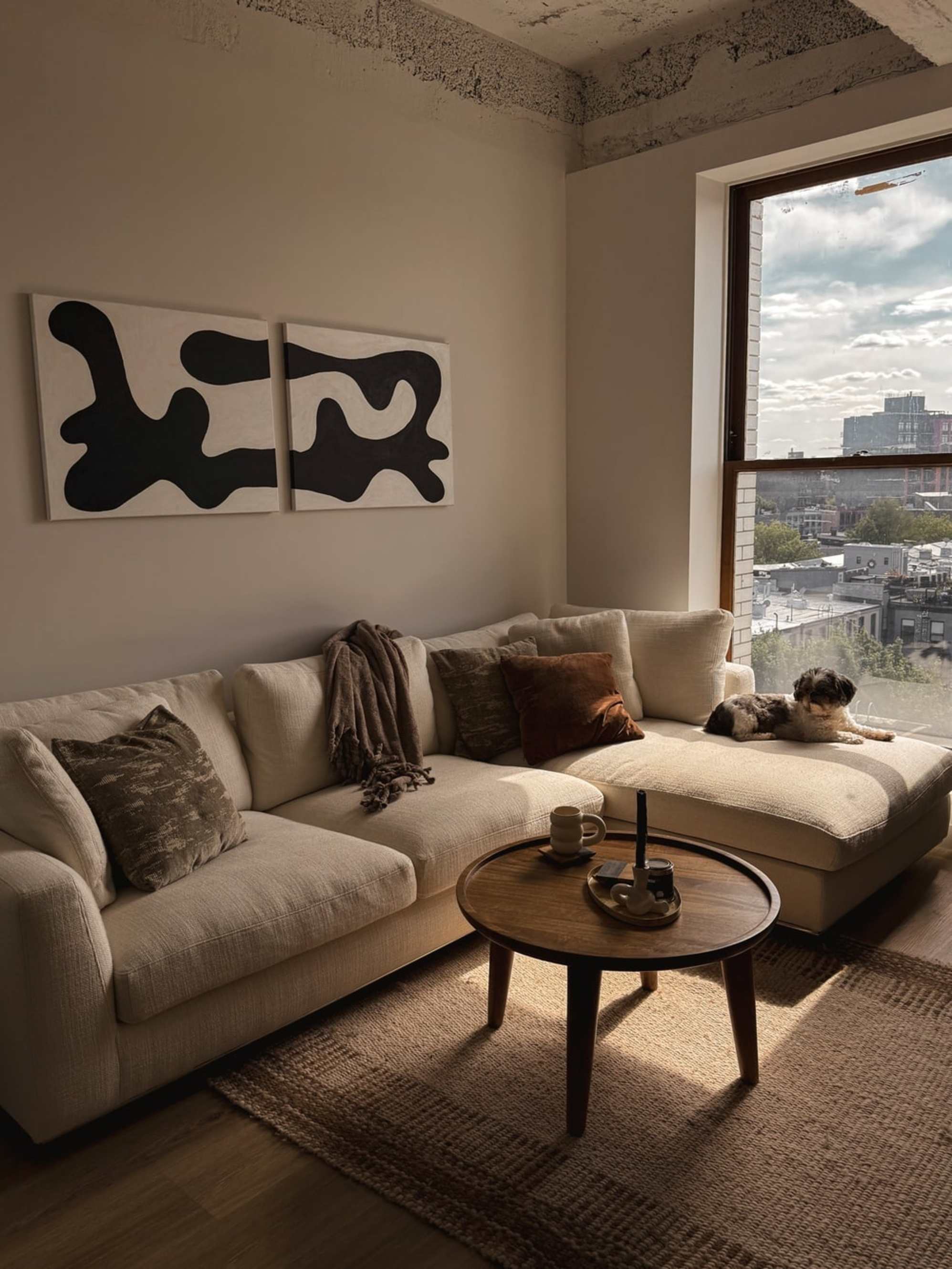
The Mori Performance Fabric Armchair
Picture credits: @lisahuhome
The Mori Performance Fabric Armchair
Picture credits: @lisahuhome

Add contrast where it counts
Here’s where you get to have some fun.
Mixing metals adds depth and refinement to a contemporary space. I love pairing warm finishes like brass with cooler tones like nickel or stainless steel.
It’s not about matching — it’s about balancing. A sofa with slim metal legs can sit beautifully next to a matte black floor lamp or a brushed-brass side table.
The Jonathan Sofa
Picture credits: @twopotatoesinasack
The Jonathan Sofa
Picture credits: @twopotatoesinasack
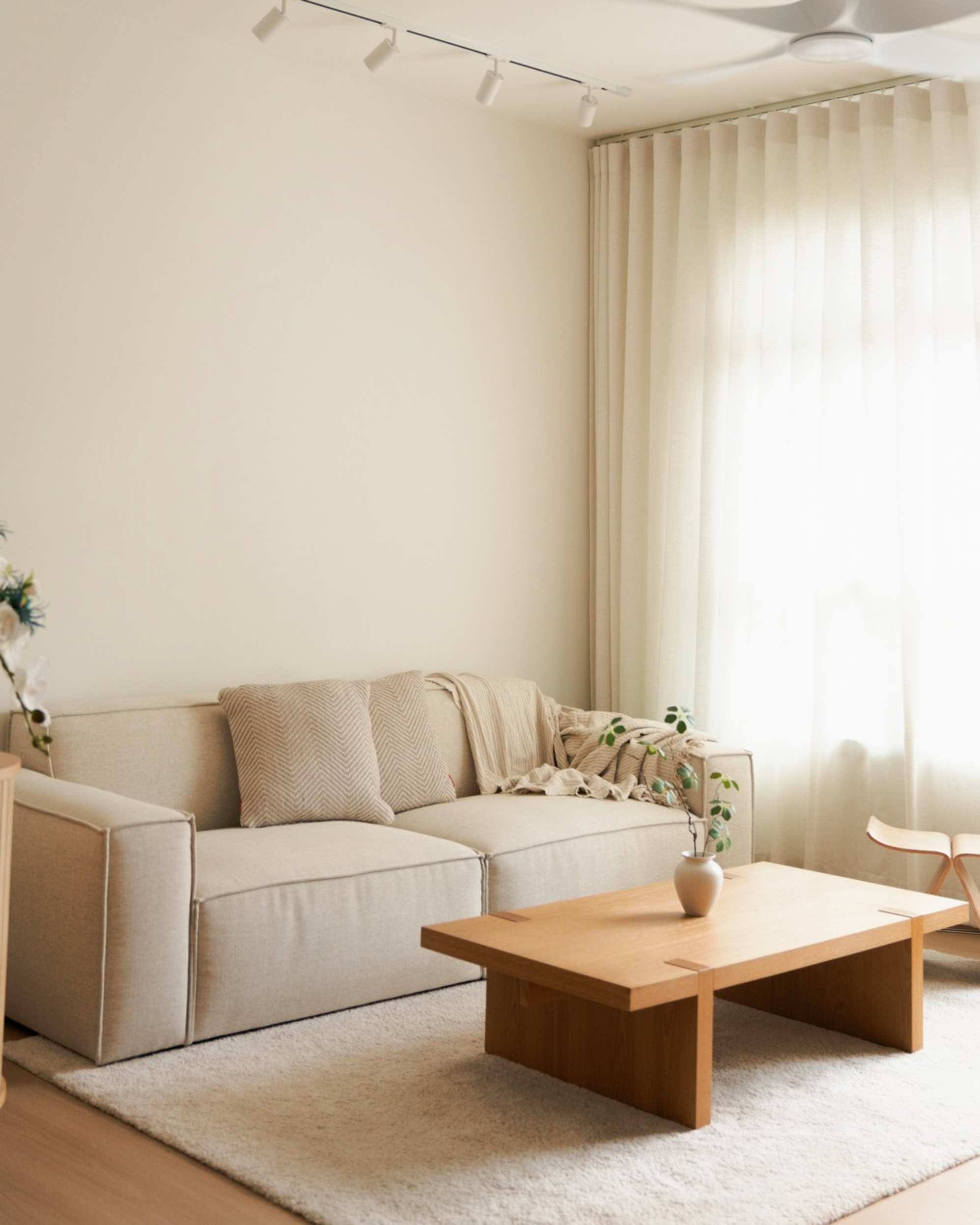
The Oslo Performance Bouclé Counter Stool
Picture credits: @elpetersondesign
The Oslo Performance Bouclé Counter Stool
Picture credits: @elpetersondesign
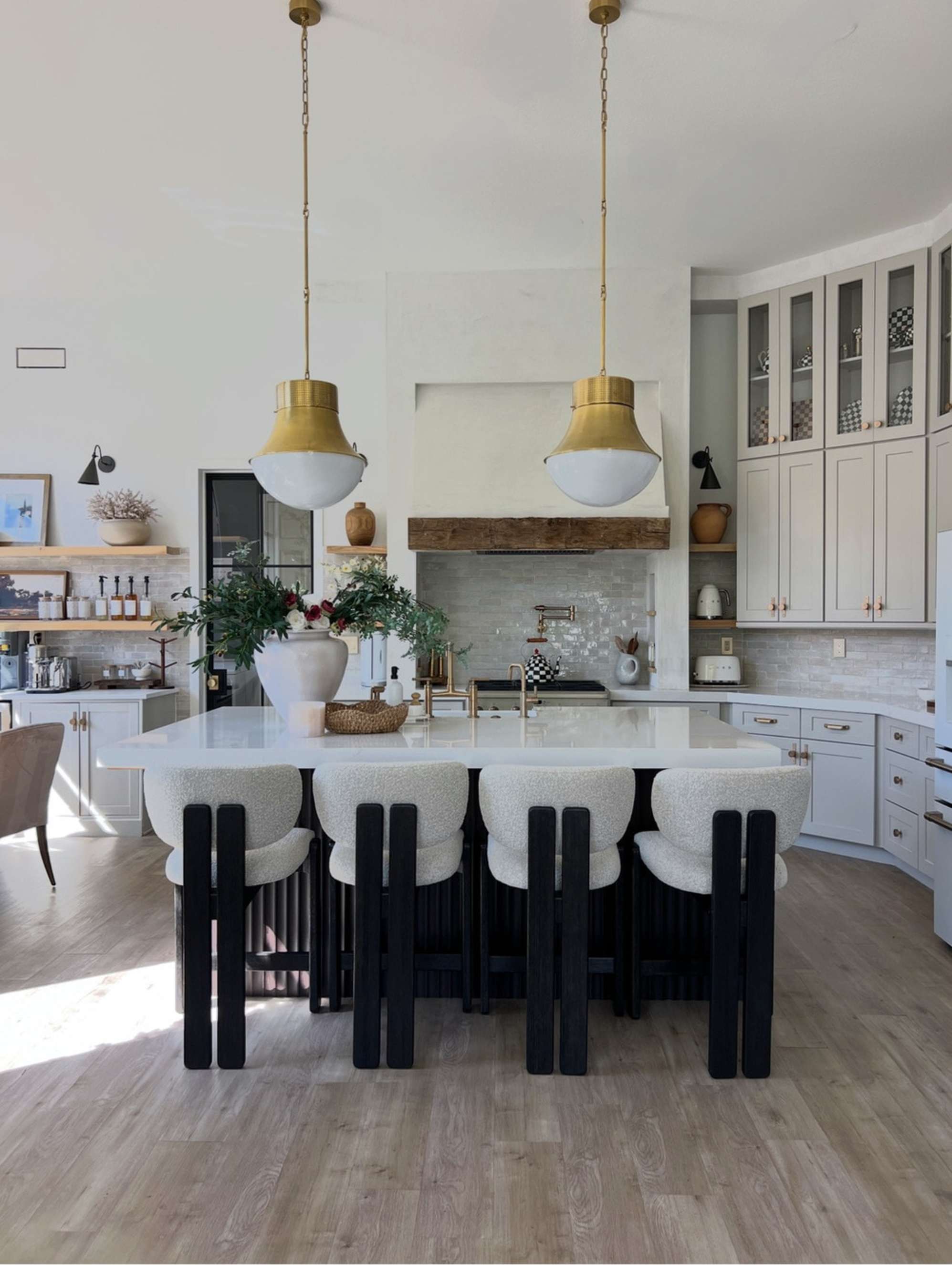
Curves are having a moment (and we’re here for it)
Yes, clean lines are core to contemporary interiors — but so are curves. In fact, they’ve become one of the most interesting evolutions of the style.
Curves soften the room, adding visual intrigue and movement. I often recommend curved pieces like the Amber Bouclé Swivel Chair, with its rounded form and cocoon-like seat. It breaks up the angular architecture in just the right way.
Other options? Arched doorways, rounded pendant lights, or even circular mirrors.
The Amber Bouclé Swivel Chair
Picture credits: @lovethetillerys
The Amber Bouclé Swivel Chair
Picture credits: @lovethetillerys
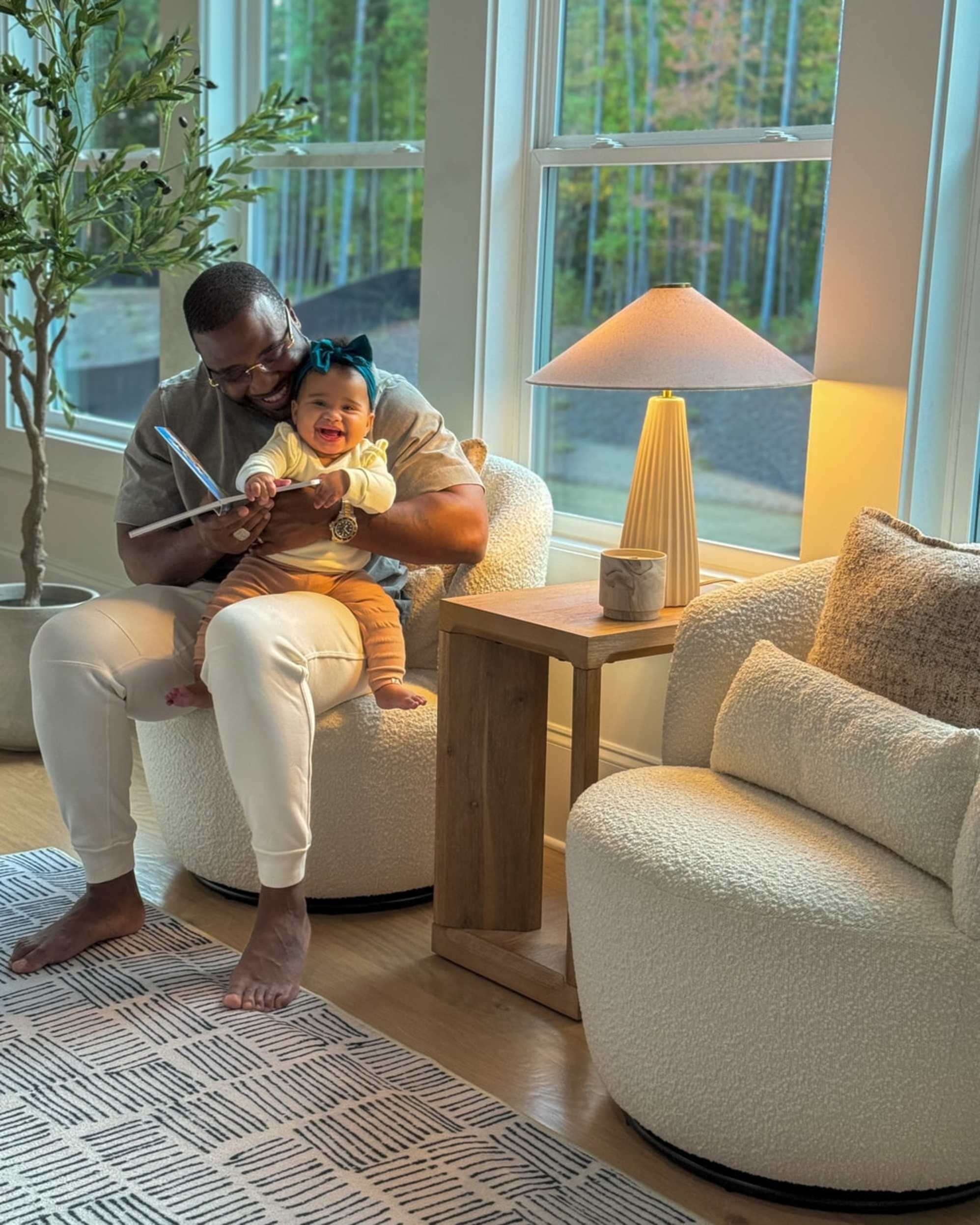

Bring in a little green therapy
Contemporary design isn’t just sleek. It’s grounded.
Bringing in natural textures like wood, leather, stone, or even greenery introduces soul into the space.
Wood adds organic warmth, whether that’s through a solid acacia wood coffee table or exposed ceiling beams.
Stone, especially marble or granite, offers timeless elegance and tactile appeal.
Plants? Always. They’re the easiest way to add color, movement, and a little daily joy.
If you’re tight on space, hanging planters or wall-mounted greenery work wonders without cluttering the floor.
Let the light in (and let your space breathe)
Lighting can make or break a contemporary space. Natural light is your best friend, so if your space allows, lean into it. Large windows, glass doors, and sheer curtains can brighten a room more than any overhead fixture.
In dimmer rooms, layering light is key. Use a combination of ceiling lights, floor lamps, and ambient sources to give the room depth and flexibility. And remember: lighter, neutral walls will bounce light around, making your space feel even more expansive.
Recommended read: The Best Lighting for Every Room
Living with style, not just styling to live
The beauty of contemporary interior design lies in its adaptability. It’s not rigid or rule-bound — it’s responsive, open-ended, and evolving.
Whether you’re starting fresh or simply updating a few corners of your home, I hope this guide gives you clarity and confidence to experiment with modern contemporary interior design. Create a space that feels like a reflection of today, yes — but more importantly, a reflection of you.
Frequently asked questions about contemporary interiors
What is the difference between contemporary and modern interior design?
While they may look similar, contemporary and modern interior design are not the same. Modern interior design refers to a defined historical style rooted in the early to mid-20th century, with a focus on minimalism, clean lines, and functional materials.
Contemporary interior design, on the other hand, is all about what’s current right now. It’s more fluid and ever-changing, often blending elements from various styles, including modern, to reflect the design mood of the moment.
Think of modern as frozen in time, while contemporary is constantly evolving.
What does contemporary decorating look like?
Contemporary decorating is sleek, sophisticated, and uncluttered — but not cold.
You’ll often see neutral color palettes, clean lines, open spaces, and a mix of materials like metal, glass, and textured fabrics. Sculptural lighting and furniture with simple silhouettes are common, as are statement pieces that anchor a room without overwhelming it.
It’s all about balance — mixing minimalism with comfort, structure with softness, and trend-forward style with lived-in warmth.
What are the principles of contemporary interior design?
The key principles of contemporary interior design include:
Simplicity and clarity: Clean lines, open floor plans, and minimal clutter.
Neutral foundations: A base palette of whites, greys, and beiges for timelessness.
Contrast and texture: Layering materials like metal, wood, stone, and fabric for depth.
Intentional focal points: Statement lighting or furniture pieces that draw the eye.
Adaptability: A willingness to evolve with trends — because contemporary style is never static.
At its heart, contemporary design is about creating a space that feels current, considered, and completely you.
